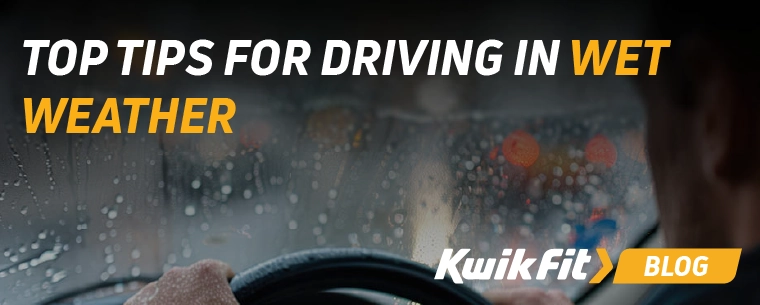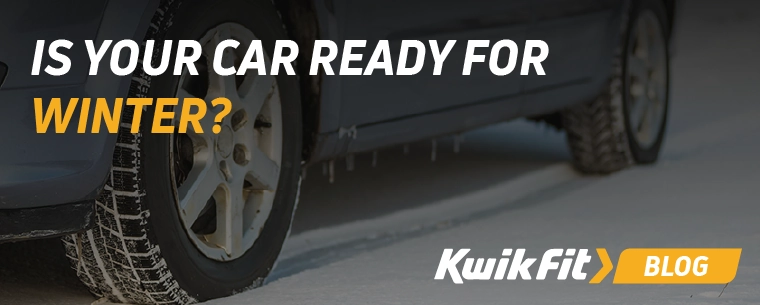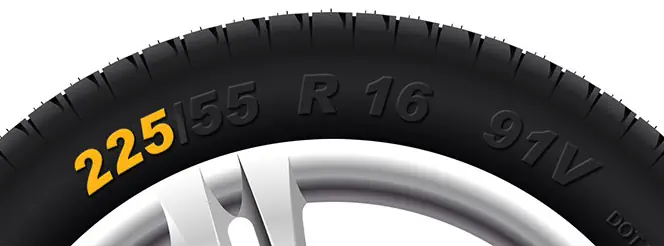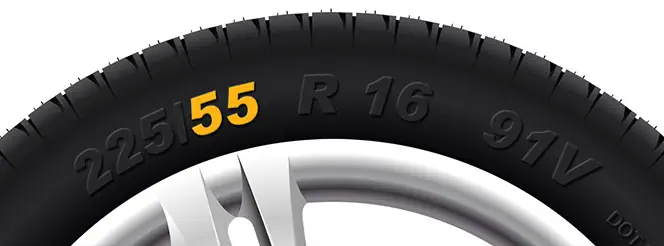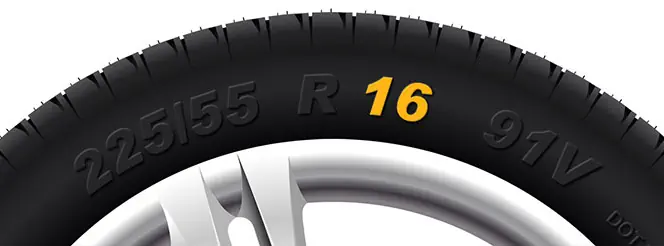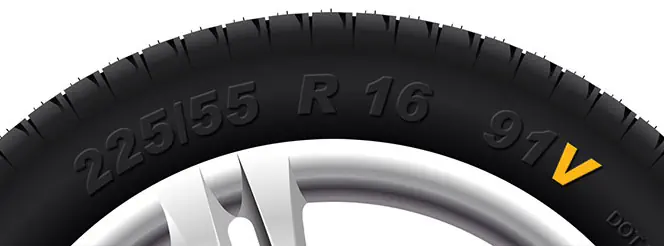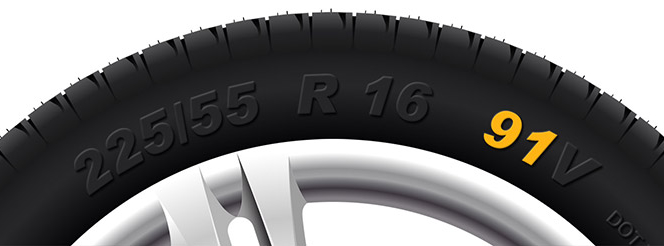How to Replace Blown Headlights
Jack Dreyer | Thursday 13th June 2024 8:00am
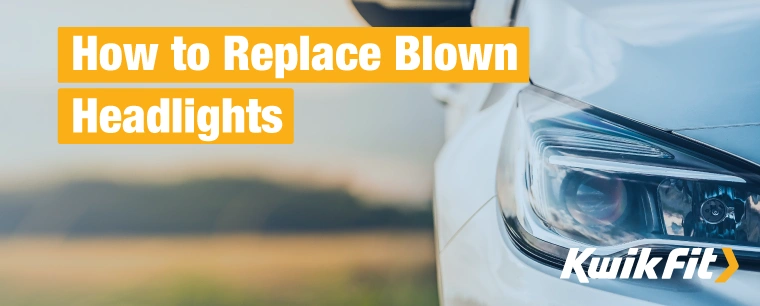
The importance of well-functioning, clean bulbs and headlamps really canít be underestimated. A burnt-out bulb or headlight in disrepair can lead to a hefty fine or, worse, a collision.
While itís not always immediately obvious when a headlight blows, poor visibility and light signals from other road users are pretty firm indicators that your bulbs might not be operating correctly.
Itís a good idea to check your bulbs weekly or before a long journey so that you donít get caught out in the dark. If you need to, ask a friend or partner to check your automotive lighting for you while you switch them on and off, and between full and dipped beams (though itís best to do this in the daytime so you donít hurt their eyes!).
If your bulb has blown, itís time to replace it ó letís find out how.
How to replace your headlight
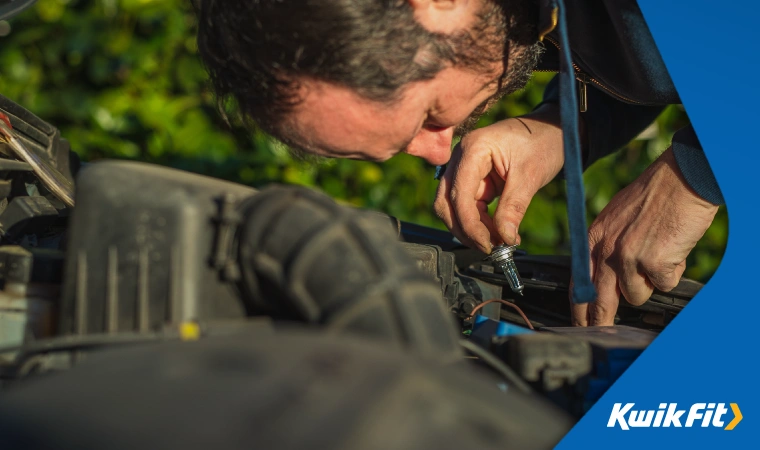
To replace a blown bulb, youíll need:
- Your ownerís manual
- A replacement bulb
- Gloves
- A screwdriver
- A paper towel or clean, dry cloth
Keep in mind that the exact procedure will vary depending on the make and model of your vehicle, and your ownerís manual will be the most accurate guide. However, the following guide tends to cover most cases.
1. Find out what type it is
Check your ownerís manual to find out the type of bulb you need, or head to a local garage like Kwik Fit for advice.
Itíll be one of three types: halogen, xenon, or LED. The latter is the newest and most energy-efficient type of light.
Xenon lights ó also known as HID bulbs ó are increasingly popular in new cars, having first come to use in luxury vehicles. HID stands for High Intensity Discharge, meaning you get more light that goes further in the dark.
Purchase one or two bulbs at your local car parts store. You may want to buy extra to have a spare for future or in case you drop one Ė they can be quite delicate and prone to smashing!
2. Turn your engine & headlights off
As an important safety measure, be sure to turn your engine and your headlights off before you get started. You should also be sure that you are parked on a safe part of the road or off the street before attempting this. Good lighting is a must as well!
3. Find the bulb holder
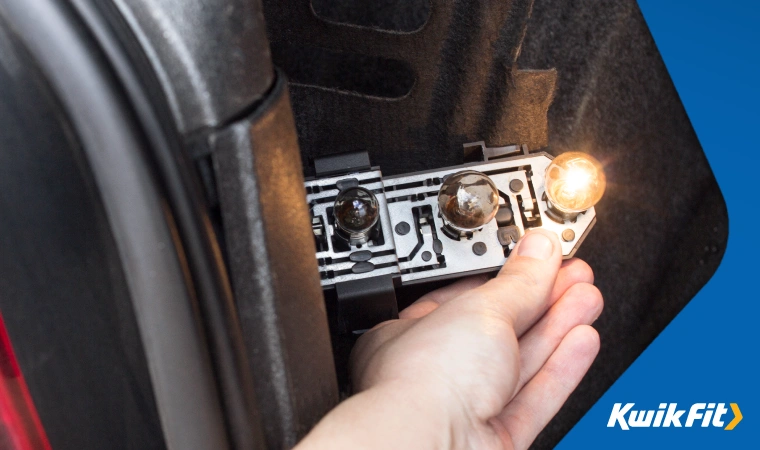
Now, ensure that you have your new bulb at the ready so that you can quickly change it out to prevent moisture from getting in while the old one is removed.
Lift the bonnet of your car and locate the rear of the headlight. Remove any attachments like wires or plastic covers. In some models, youíll need to lift a plastic or metal lever/catch, or turn a screw cap.
This can be quite tricky depending on your make of car, with various parts which need to be moved in order to access the rear of the headlamp - if youíre struggling to access the headlamps, then itís better to get professional help.
4. Disconnect the bulb
The bulb is often held in place by a clip, so lift this and remove the old bulb. You may need to wiggle or rotate it gently to free it.
Remember ó do this step carefully, as the bulbs are often so fragile that they can break between your fingers!
5. Replace it with a new bulb
Nowís the time to slot your new bulb in place ó but take care not to touch the glass, as the grease on your fingers may blow or cloud it. As such, we recommend using a paper towel or dry cloth to handle the bulb.
Once itís in place, you can reattach any wires, covers, or clips and close your bonnet.
6. Check the new headlight
This step is not to be underestimated! Now that your new bulb is fitted, you need to ensure that itís firmly in place and, well, that it actually works.
If it doesnít, check you have reattached everything correctly. If thereís still no joy, a wiring issue may be the culprit and we suggest visiting your local garage.
But for the most part, these simple steps should take your car headlamps from lopsided to shining brightly!
Bulb fittings at Kwik Fit
If youíre not comfortable doing the bulb replacement yourself, your headlights are sealed beam, or your lights are faulty, give the team at Kwik Fit a call.
Our expert staff can supply, fit, and align replacement bulbs for you in no time.
In the meantime, head over to our blog for more motoring news and trends.
Any facts, figures and prices shown in our blog articles are correct at time of publication.
Featured Articles
Wet Weather Driving Tips Ė Staying Safe in the Rain
Friday 29th November 2024
Driving in heavy rain can be tricky and bring extra risks. Check out our guide for top tips to stay safe and avoid breakdowns if travelling in wet conditions.
Your Ultimate Winter Driving Checklist
Wednesday 27th November 2024
Driving in the colder months presents many challenges. Breakdowns are far more common in winter, so make sure youíre prepared with these essentials.
Is Your Car Battery Ready for Winter?
Monday 11th November 2024
Is the UK on the verge of Ďthe coldest winter for 50 years?í Even if El NiŮo doesn't hit the UK this winter, reduce the risk of a winter breakdown by making sure your car battery is winter-ready.


